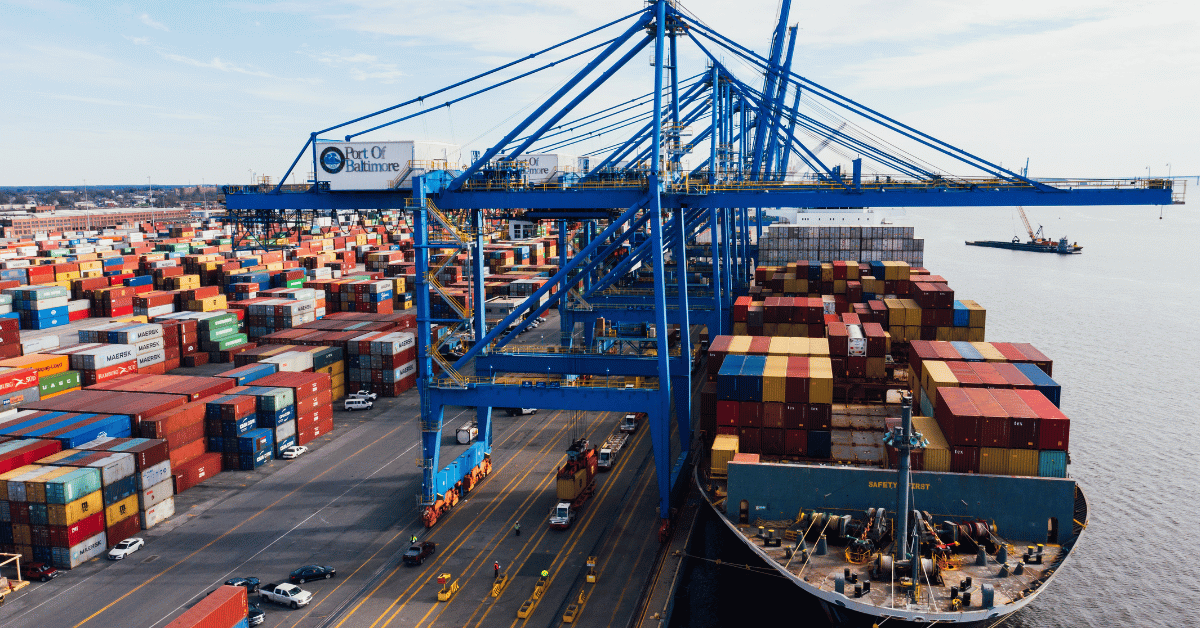


Introduction
The past few years have compelled most organizations to question the status quo and to think of innovative ways to build resilience in their supply chains, and 2024 holds no different promise! Organizations need to dedicate resources to understand and counter impending challenges looming large.
Charting Turbulent Waters
The most evident supply chain risk stems from the geo-political landscape facing the world today. The ongoing situation in the Red Sea poses a challenge for ocean freight - with shipper concerns centering on transit delays, longer diverted transit routes, and higher shipping rates.
The Wall Street Journal reports that ocean carriers are being forced to raise prices and add extra fees to cover the costs of navigating their container ships around the Horn of Africa instead of using the Suez Canal: “Average worldwide costs to ship 40-foot-long containers have nearly doubled since late November”.
The rapid increase in costs could lead to another wave of inflation, according to Business Insider. The Suez Canal blockage in 2021 lasted about six days and disrupted the schedules of ports in the Mediterranean and North Sea for months, whereas this ongoing crisis has already outlasted that manifold. If tankers can’t pass through the Red Sea region, this will redraw the global oil market triggering a ripple effect on the cost of most goods.
Climate change continues to add its share of disruptions each year. A severe drought that began last year has forced authorities to slash ship crossings by 36 percent in the Panama Canal, one of the world’s most important trade routes.
Panama Canal administrator Ricaurte Vásquez now estimates that dipping water levels could cost between $500 million and $700 million in 2024. Canal authorities have cut daily ship crossings to 24, down from 38 a day in normal times last year.
Coupled with the Red Sea crisis, this whips up a double-whammy of a conundrum for supply chain experts worldwide. “Without access to the canals, customers face 30%-40% longer sailing times and higher costs to trade with Asia,” according to a Jan. 24 report from Moody’s Investors Service. West Coast ports are seeing an increase in container activity due to shippers rerouting cargo originally destined to go through the Panama Canal.
Labor negotiations also continue to raise concerns for ocean shipping due to the pending East and Gulf Coast port labor talks. The International Longshoremen’s Association labor contract with the United States Maritime Alliance is set to expire on Sept. 30.
In a statement from the ILA, members were told to “prepare for the possibility of a coast-wide strike in October 2024.” If a strike does occur, it could result in port congestion.
Many analysts suspect that the U.S. West Coast ports should brace for a surge in volume in 2024. West Coast ports have already seen some volume gains as shippers reroute cargo.
Port of Los Angeles Executive Director Gene Seroka said on Jan. 10 that West Coast market share is up 3% compared to East and Gulf Coast ports. “Make no mistake about it — cargo has come back to the West Coast and we are not letting it go,” Port of Long Beach CEO Mario Cordero said Jan. 17 at the State of the Port 2024 event.
Resilience Through Preparation
In these unprecedented times, preparation and planning can go a long way.
Whether your supply chain organization is dealing with volatility in pricing, timing, transportation routing, or any other challenge, the need of the hour is to demonstrate swift responsiveness to changing conditions.
One way to keep ahead in the game is to empower your enterprise business applications and systems to respond quickly to rapid shifts in the market. Keeping up with raw material or labor costs changes on your entire inventory of items, or accurately reflecting delays on all of your open procurement orders can appear overwhelming to begin with owing to sheer volumes.
It is a must to survive in today’s competitive business environment because having enterprise aggregate data out of sync with reality can hinder prudent or timely decision-making and can cost dearly in the long run.
More4apps solutions infuse this much-needed agility into Oracle enterprise business applications. More4apps suite of products seamlessly integrates with Oracle E-Business Suite applications as well as Oracle Cloud ERP rendering large volumes of data into the easily tractable realm of spreadsheets.
More4apps supply chain solutions empower you to manage inventory item costs and build what-if scenarios with ease. Implement cost changes as temporary cost types to generate reports playing out near-term impacts easily. Keep system costs in real-time in sync with fluctuations in material, labor, and resource costs.
More4apps procurement solutions allow you to change purchase order dates and sourcing from the comfort of spreadsheets within minutes ensuring a tightly coupled system.
Eliminate the time lag in synchronizing your systems when ASN updates from suppliers indicate large deviations from target dates. Make nimble choices while you can completely rely on your Oracle enterprise data to accurately reflect the true ground situation.
By: Rachana Haste, Supply Chain Solutions Specialist at More4apps
Published by
About our partner

More4apps
Our Oracle ERP Solutions will Transform your Data Loading ProcessesMore4apps offers a wide range of Oracle ERP products to accommodate different functions, industries, and roles.For over 20 years, More4apps’ global customer base has experienced the benefits of our Oracle knowledge and renowned product offerings that help streamline data-loading tasks from within an Excel spreadsheet.
Learn more


































